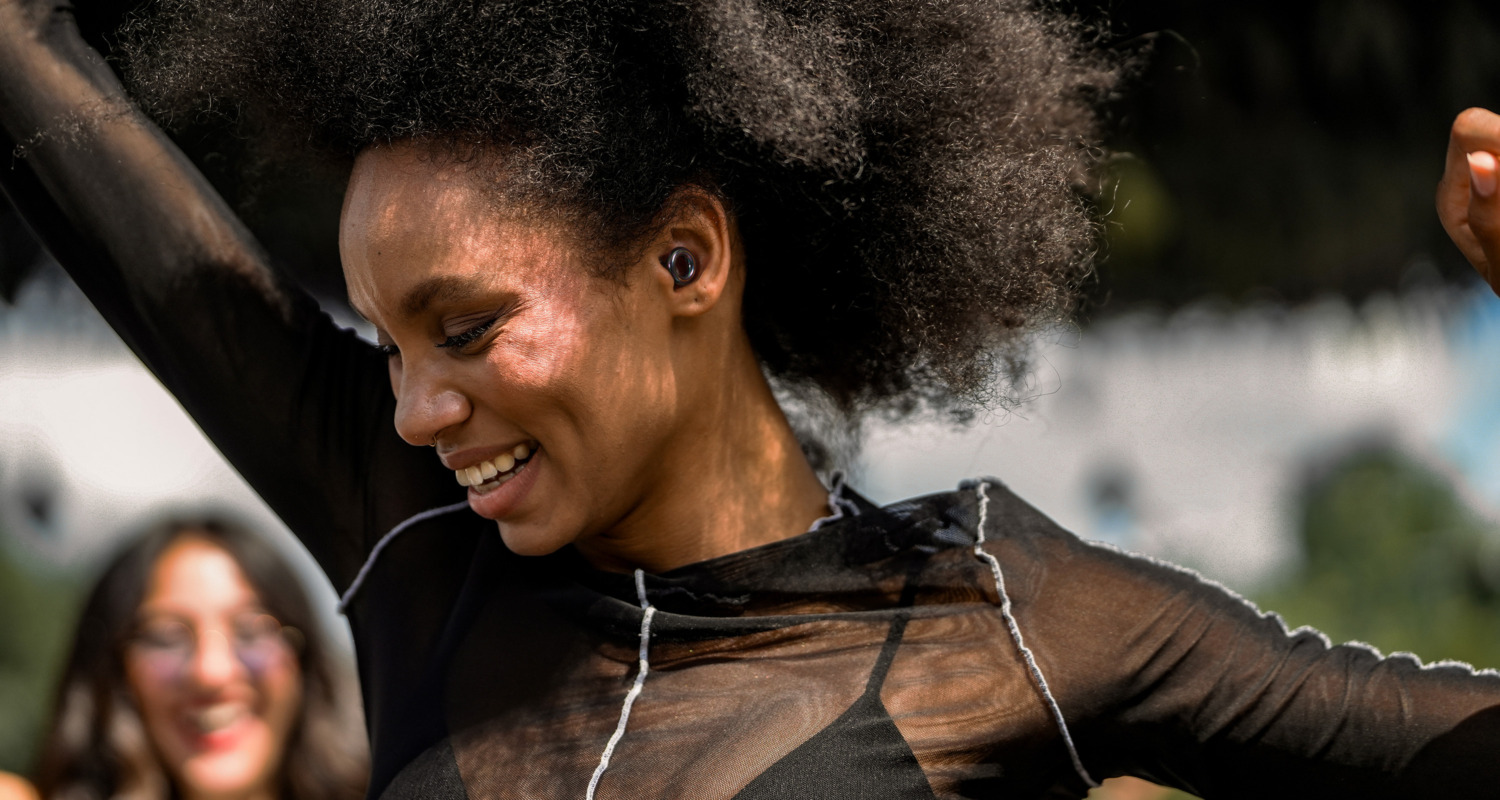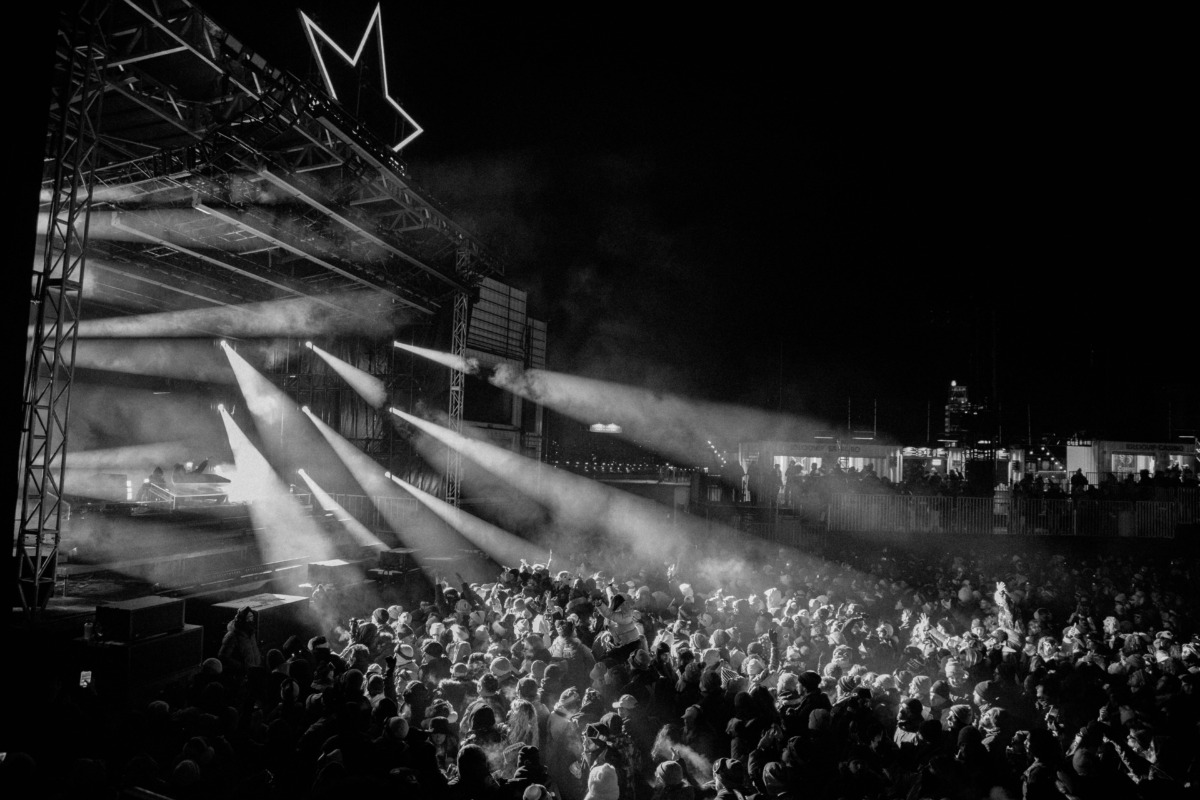There’s no doubt that 2016’s smash-hit Yuri on Ice is a great show, offering something for just about everyone, from boys love to figure skating and general sports anime fans. Whether in terms of its music and choreography or plot and character development, the series hits just about every single note with aplomb. However, director Sayo Yamamoto has created other anime titles, including Michiko & Hatchin in 2008 -- and this directorial debut is just as good, or arguably even better, than Yuri on Ice, and every bit as deserving of attention either way.
Set in the fictional country of Diamandra (itself modeled closely on Latin American countries, primarily Brazil), Michiko & Hatchin follows the two titular characters, a mother-daughter duo, as they journey together in order to track down Hana “Hatchin” Morenos’ father. However, Hatchin’s relationship with her birth mother Michiko Malandro is far from smooth sailing, as Michiko is a fiercely independent young woman, not to mention a recent escapee from one of the most heavily guarded prisons in Diamandra. Their travels are therefore as much about learning to accept one another as they are about evading the law in an otherwise frequently lawless land.
One of Michiko & Hatchin’s greatest strengths lies in its portrayal of its chosen setting. While many anime titles can and do use foreign countries as a backdrop, Yamamoto’s research and personal travels around Central and South America is evident in the anime’s diverse visual and cultural presentation. From dusty desert highways that stretch out empty for miles to ramshackle barrios and densely-populated slums, the show is vibrant and dynamic. Its locations are populated by the likes of pickpockets, farmhands, waiters, circus travelers, bullfighters, small-time mobsters and everyone in between, and in a manner that’s down-to-earth and relatable rather than fanciful or romanticized.
As mentioned, the evolving relationship between Michiko and Hatchin is at the heart of the series. The former is wild and reckless but tough as nails, the latter just as strong-willed and in many ways more mature, but lacking in Michiko’s experience or street smarts. Despite complementing and often relying on each other (even if they don’t always recognize it), Michiko’s extremely laidback attitude as a mother figure and her tendency to see the past, in particular her former lover Hiroshi, through rose-tinted glasses, clashes with Hatchin’s far more serious nature and stubborn pragmatism.
Yamamoto’s debut series also touches on a number of feminist themes. Some of the side-plots and much of the subtext revolves around men either exploiting or attempting to exploit women, but the show is very much invested in viewing these events through a female-centric lens. More often than not, it’s the women who eventually turn things around, overcoming their imposed limitations through a combination of courage, ingenuity, and sheer grit and resolve. No matter how many times they are taken advantage of or beaten down, they don’t allow themselves to become passive victims or remain voiceless.
Needless to say, in terms of both plot and tone, as well as in its overall look and sound, Michiko & Hatchin is nothing like Yuri on Ice. Primarily an action/adventure road trip piece with several quieter and more introspective episodes scattered throughout, the series is closer to the likes of Cowboy Bebop or Samurai Champloo by way of Thelma & Louise than anything else. This is not surprising, given that Yamamoto was working alongside Shinichiro Watanabe as an episode director for Samurai Champloo when she first conceived of Michiko & Hatchin during a trip to Brazil.
Indeed, the music featured in Michiko & Hatchin was produced by Watanabe himself. Composed by Brazilian musician Alexandre Kassin, it’s a delightfully eccentric and spirited assortment of jazz, samba and even a little rock. The show’s opening credits sequence is especially unique, and arguably one of the most creative and distinctive OPs in anime history. The artwork is similarly innovative, and if the animation is occasionally patchy, this does not lessen the impact of the anime’s unconventionally and unapologetically vivacious atmosphere.
Although Sayo Yamamoto may still be best known for Yuri on Ice, as her earlier Michiko & Hatchin makes it very clear, this is someone who’s able to weave complex, nuanced narratives with imagination and panache. Where Yamamoto’s directorial journey may take her after the upcoming Yuri on Ice film is anyone’s guess, but in any event, this is a director well worth keeping an eye on, and whose work aside from Yuri on Ice has more than earned an equal amount of audience recognition.
Michiko & Hatchin is available to stream on Funimation.


